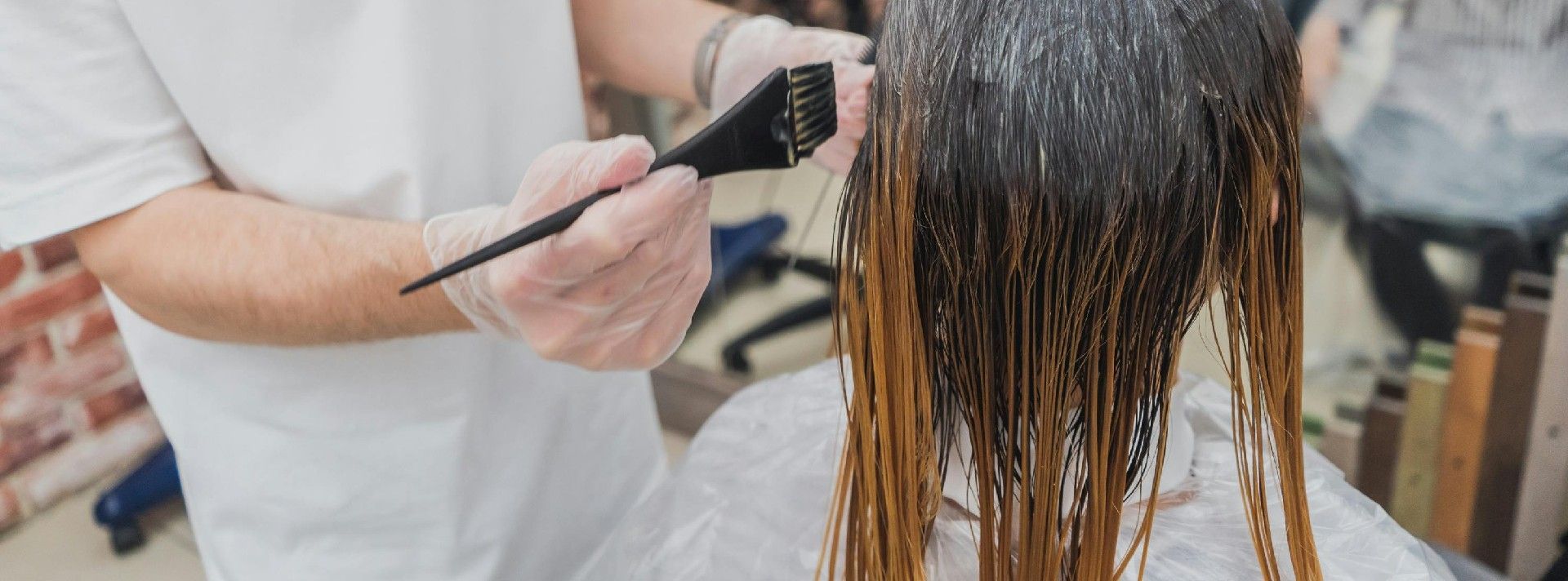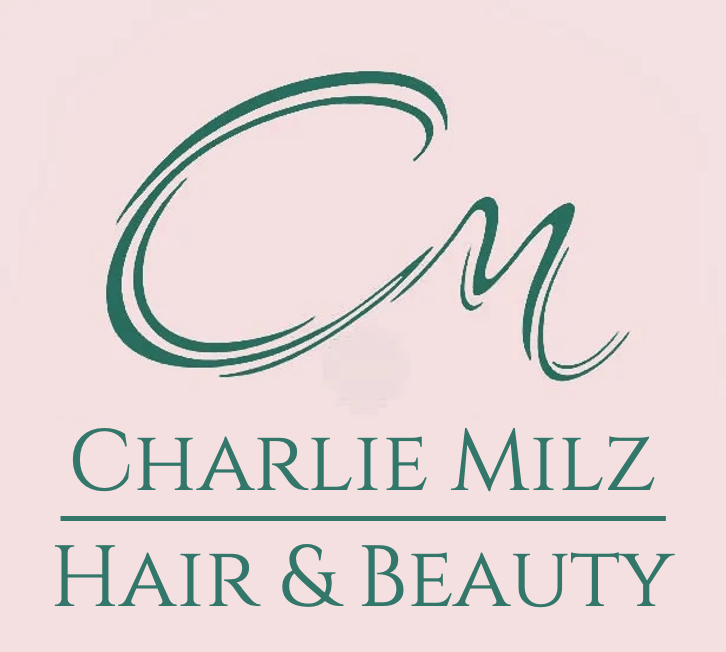How External Factors Can Affect the Quality of Your Hair
Hair is often viewed as a reflection of our identity and overall health and so it's no surprise that the quality of our hair can impact our overall confidence.
While many people invest in shampoos, conditioners, oils, and salon treatments to maintain a healthy mane, it's essential to recognise that hair health is not solely dictated by how you care for it on the outside.
Numerous external factors, ranging from environmental conditions to health-related influences, can significantly impact the quality, strength, and growth of your hair.
Understanding these factors can help in making informed decisions for healthier hair. Let's look into what could be causing your hair to be a certain way, and if there's anything you can do to improve it.
Genetics Make Up The Blueprint of Your Hair
Preventing breakage starts with how you treat your hair day to day. Avoid excessive brushing, especially when your hair is wet as this is when it's at its most fragile. Always use a wide-tooth comb or a brush designed for wet hair.
Heat styling is another big culprit for damage. If you regularly use straighteners, styling tools or even a hairdryer, make sure you're using a good quality heat protection spray every single time. This is something we will speak about time and time again and it’s fundamental to hair health.
Don’t underestimate the power of regular trims. Getting your hair cut every 6–8 weeks helps to remove split ends before they travel up the strand and cause more damage.
Medication and Medical Treatments
Various medications can have side effects that include hair thinning or shedding. From over the counter medicines to extreme treatments such as Chemotherapy; the most well-known culprit, causing sudden and significant hair loss.
However, other common medications can also influence hair health, including:
· Anti-depressants
· Blood pressure medications
· Hormonal treatments (such as birth control pills)
· Thyroid medications, and more
These drugs can interfere with the natural hair growth cycle, pushing more follicles into the shedding phase. If you suspect a medication is affecting your hair, never stop taking it abruptly; instead, consult your doctor about alternatives or supportive treatments.
Vitamin and Mineral Deficiencies
Hair is a non-essential tissue from the body’s perspective, so when nutrients are scarce, your body redirects them to vital organs first. As a result, your hair may suffer from deficiencies in essential nutrients.
Some of the most common include:
Iron: Low iron levels, particularly in women, are a leading cause of hair thinning.
Vitamin D: A deficiency can disrupt the hair growth cycle.
Zinc: Important for tissue growth and repair, including hair follicles.
Biotin: Often marketed for hair health, biotin deficiency (though rare) can lead to brittle hair and loss.
Protein: Hair is made of keratin, a type of protein. Inadequate dietary protein can weaken hair structure and slow growth.
Balancing your diet or taking supplements under medical guidance can help restore hair health if a deficiency is present.
Hormone Imbalances
Hormones play a critical role in hair growth and shedding. Conditions like polycystic ovary syndrome (PCOS), thyroid disorders (hyperthyroidism or hypothyroidism), and menopause can all lead to changes in hair texture, density, and overall health.
For example, elevated androgen levels in PCOS can cause thinning hair on the scalp and unwanted hair growth elsewhere on the body. Meanwhile, postpartum women may experience significant hair shedding due to hormonal shifts. In these cases, managing the underlying hormonal condition is the key to improving hair quality.
Pregnancy and postpartum can also impact hair growth and shedding. Read more about pregnancy and postpartum hair loss.
Pollution and Environmental Toxins
Living in a city with high pollution levels can wreak havoc on your hair. Pollutants such as dust, smoke, heavy metals, and airborne toxins can settle on the scalp and hair shaft, leading to:
· Scalp inflammation
· Weakened hair follicles
· Dryness and breakage
· Accelerated aging of hair
Prolonged exposure to polluted air can also disrupt the scalp’s microbiome, creating an imbalance that contributes to dandruff or scalp infections. Washing your hair regularly with gentle, clarifying products and protecting it with scarves or hats when outdoors can mitigate some of these effects.
Water Quality
The water you use to wash your hair can also impact its health. Hard water, which contains high levels of calcium and magnesium, can leave behind residue on your scalp and hair, leading to dullness, dryness, and breakage. It can also make it harder for shampoos to lather and for conditioners to penetrate effectively.
Installing a water softener or using a clarifying rinse like apple cider vinegar can help restore your hair’s natural shine and softness.
Stress
Chronic stress doesn’t just affect your mental and physical health, it can also manifest in your hair. High stress levels can push hair follicles into a resting phase, causing increased shedding months later.
Adopting stress-reduction techniques such as mindfulness, exercise, and adequate sleep can promote healthier hair over time.
While a consistent and appropriate hair care routine is vital, it's equally important to understand and address the external factors that influence your hair’s health. From genetics and medication to pollution and nutrition, numerous unseen forces can shape the condition of your hair.
Taking a holistic approach, one that considers both internal health and environmental exposure, can empower you to maintain stronger, shinier, and more resilient hair throughout your life.
You may also be interested in...





